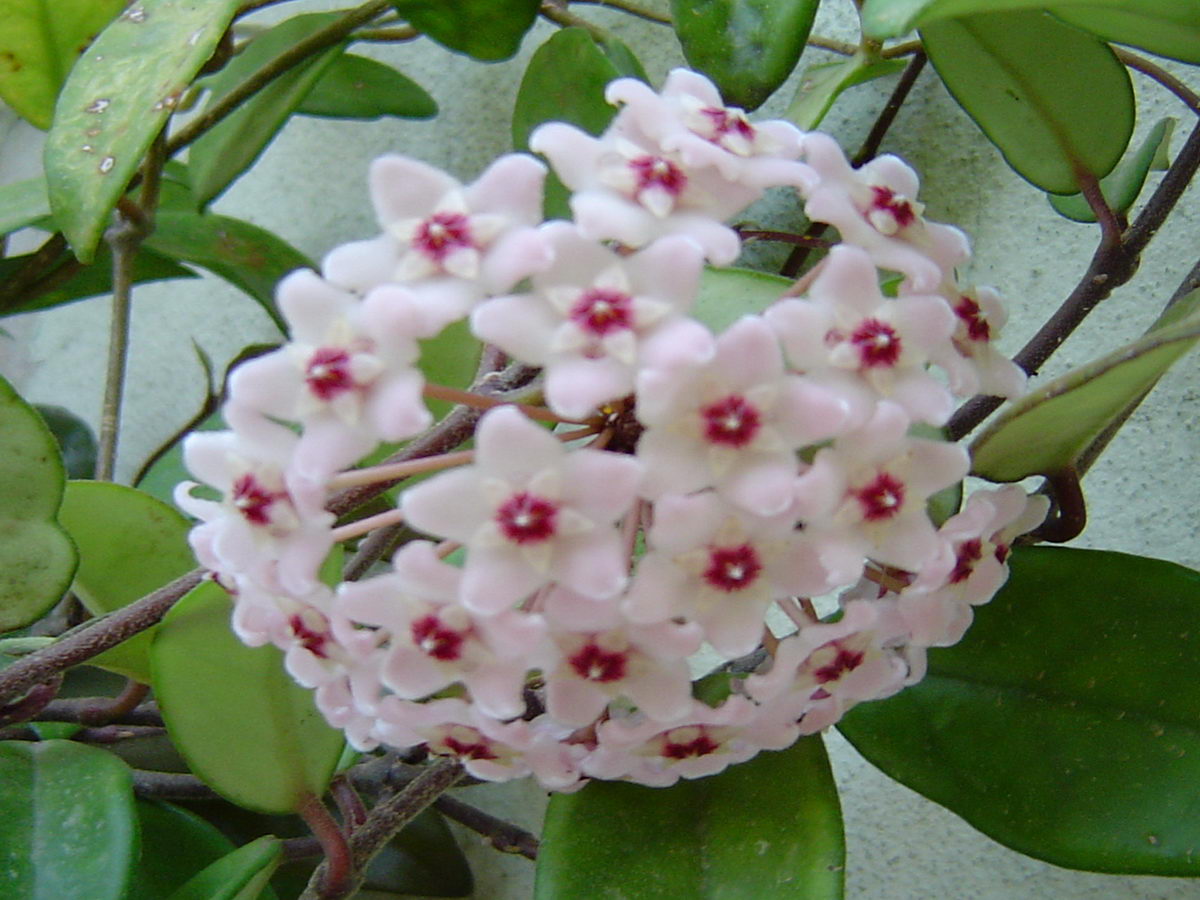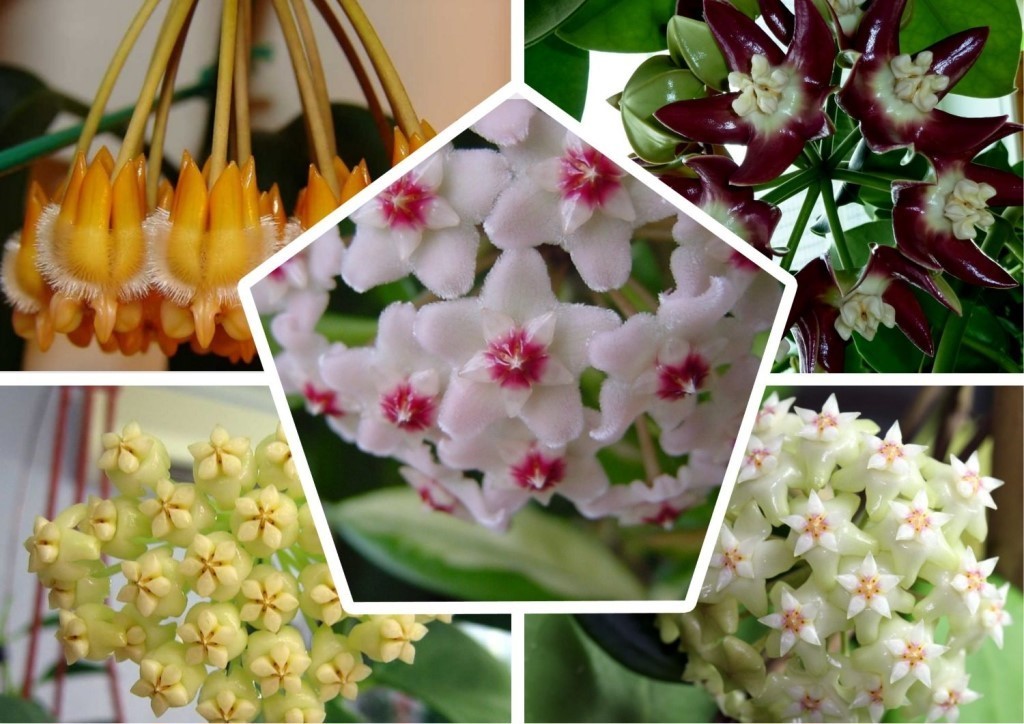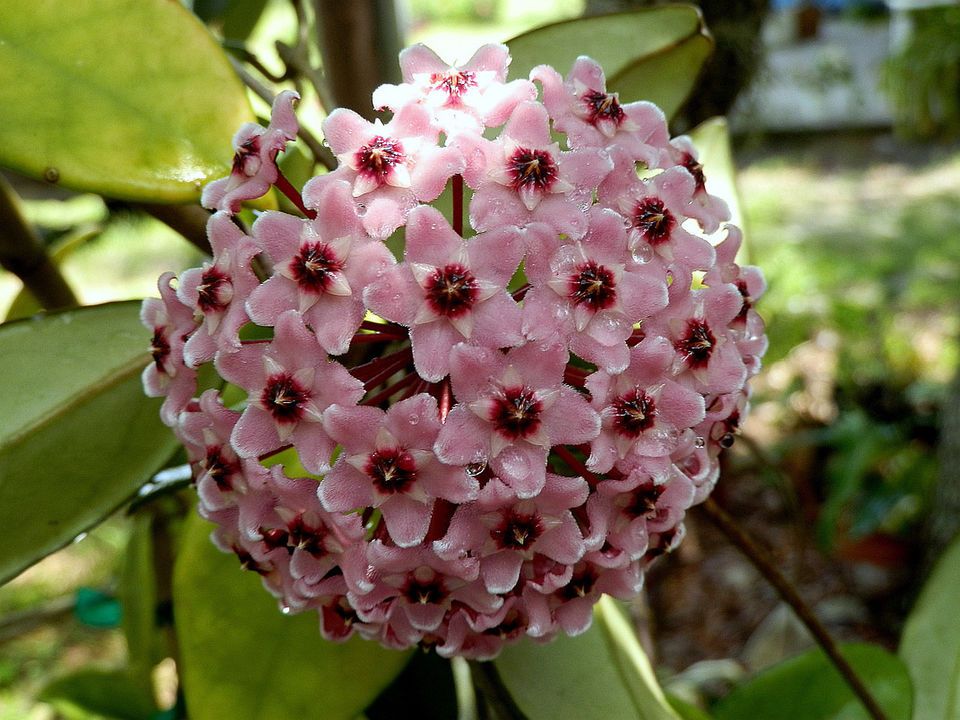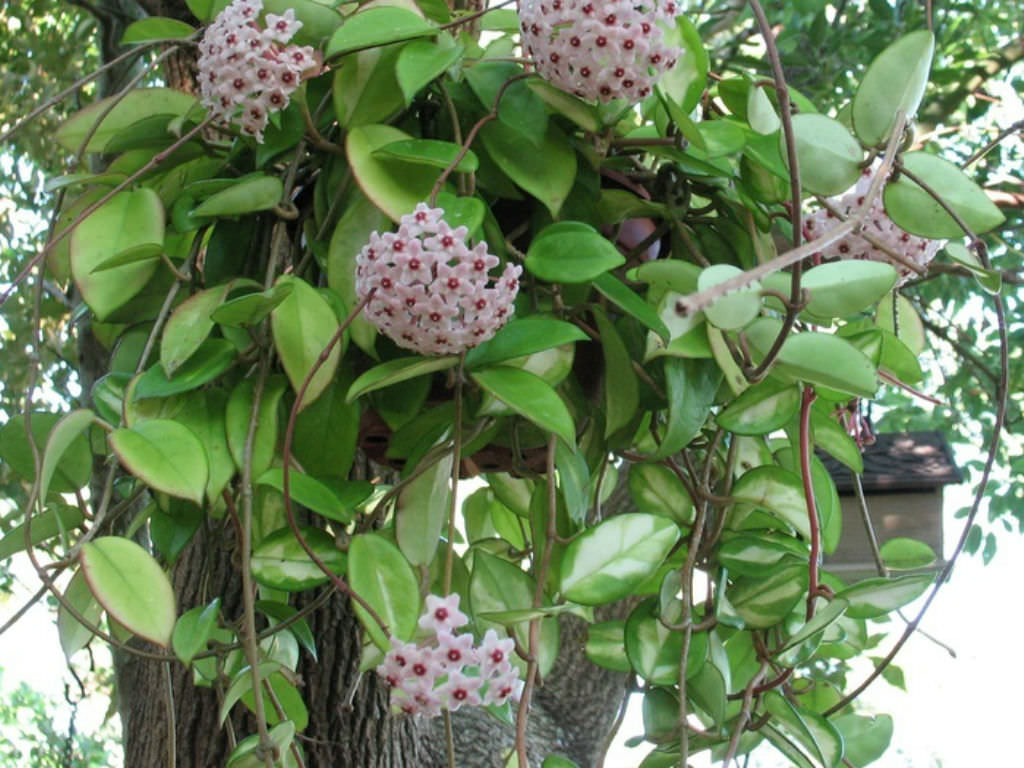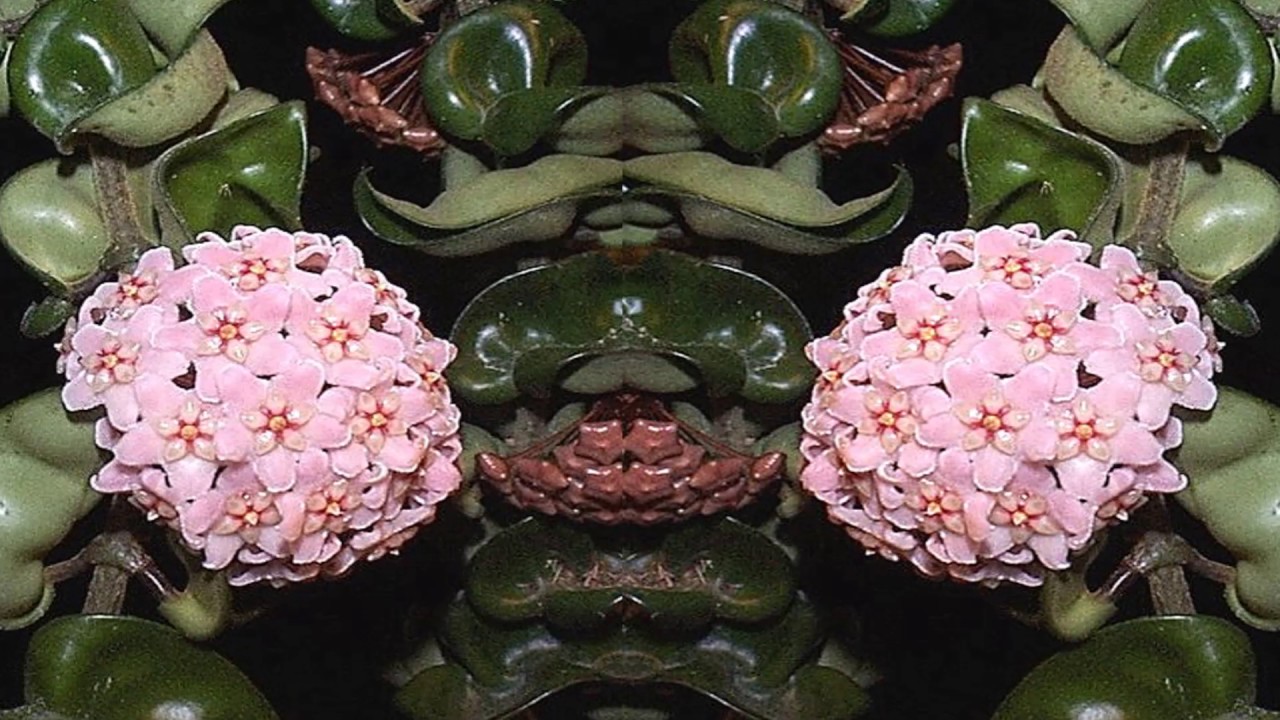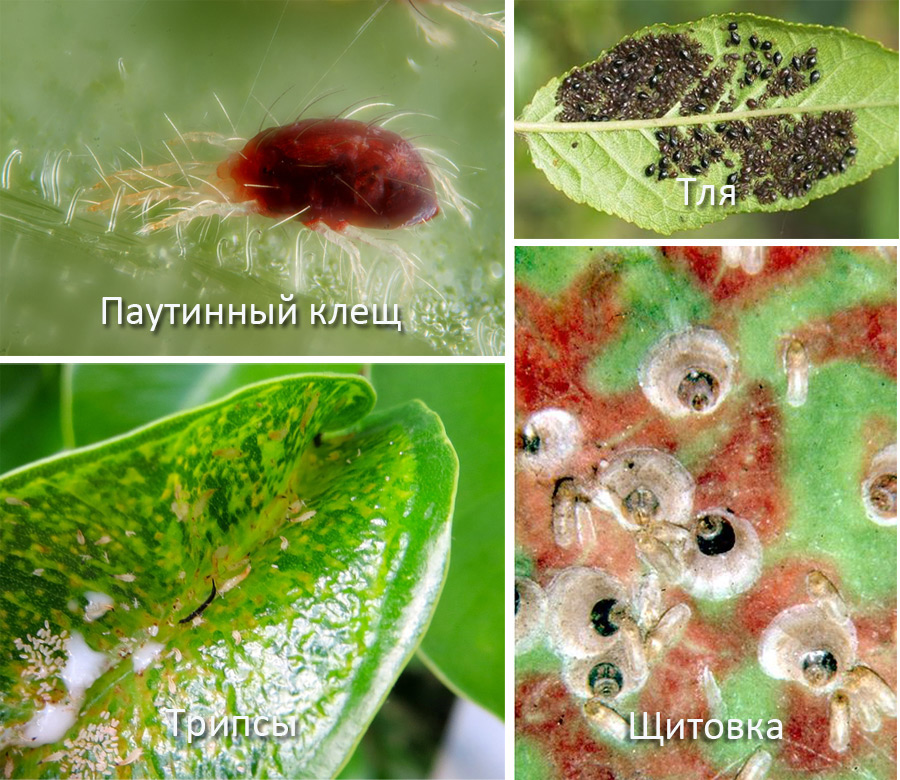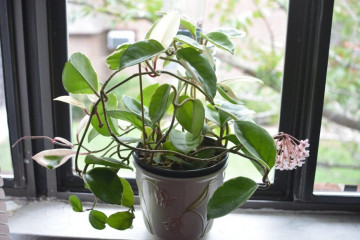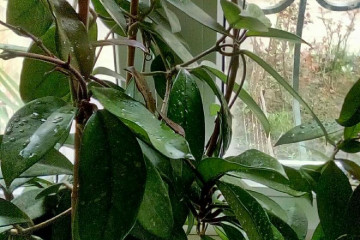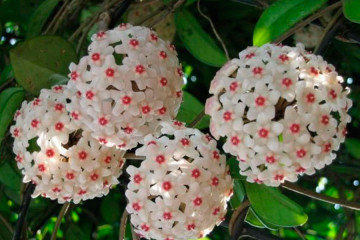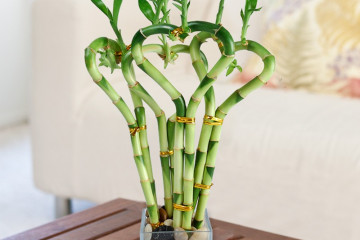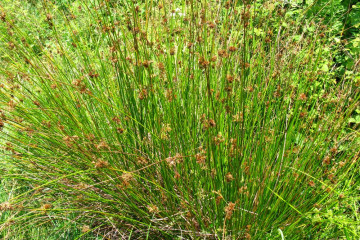Hoya carnosa - home care
Content:
Once an evergreen ornamental plant was called "wax ivy" because of its peculiar plaque. In its natural habitat - the tropical forests of Australia - it blooms beautifully and twists, entangling undersized young trees. Having migrated to countries with cold climates, it is grown as a houseplant. The succulent plant has more than 200 species. Some of them are giants with a varied palette of umbrella inflorescences, others are miniature creatures with barely noticeable, tiny flowers, as if created by the hands of a jeweler.
What does it look like, which family it belongs to
Hoya Carnosa, or fleshy hoya, is one of the representatives of the Kutrov family, with beautiful, rather large leaves, with a characteristic waxy bloom and fabulous umbellate inflorescences of 15-20 flowers. Each star-shaped flower is slightly pubescent and can reach 20 mm in diameter. A bright cherry whisk complements their light cream color.
From time to time, quivering droplets of nectar form on the flowers. Flowering lasts almost all summer, exuding an intoxicating aroma (not all varieties). Indoors, with proper care, hoya is capable of forming lashes up to 3-5 m. It got its name in honor of the botanist T. Hoya.
This type of hoya has several varieties, the most popular of them are:
- Compact. Liana, characterized by an abundance of leaf cover and white flowers resembling a bell. Flowers are collected in large hemispherical inflorescences.
- Tricolor. It has yellow-red shiny leaves with a green edging. The flowers are pale purple, with a bright middle. It can bloom in several stages, over a period of 6 months.
- Variegata. Creamy flower petals are decorated with a burgundy core.
- Exotic. Liana with wavy yellowish-pink leaves framed by a green border.
Features of home care
The plant is completely unassuming. It's easy to look after him. Knowing some of the intricacies of its cultivation, you can easily create conditions for prolonged flowering and the formation of dense green lashes.
Landing algorithm
For planting, you need to choose a suitable pot or planter. It is better to dwell on high options, because a 3-4 cm drainage layer of expanded clay or pebbles is pre-laid on the bottom.
Next, a layer of earth is poured. A composition of equal proportions of soil for cactus and soil mixture for flowering plants is best suited. This arrangement will have a loose, breathable structure. Before planting, the roots of the plant are washed and lightly pruned. The soil is compacted. After the procedure, the bush is not watered for a day, only sprayed.
Lighting
Hoya Karnoza is an extremely light-loving plant and feels great on the windows on the south side of the apartment. To avoid burns, it is better to shade it with a special mesh.East and southwestern windows are also fine, but living on the north side, the plant is unlikely to bloom. Artificial lighting is allowed on short winter days. As soon as the karnosa hoya picks up buds, it is strictly forbidden to rearrange it to another place, even turn it, otherwise you can be left without flowers.
Temperature regime
In the summer season, a favorable temperature for hoya in the house is up to 20-24 ℃ above zero. When airing the room, you should pay attention to drafts, the plant does not like them. In the winter months, it withstands a drop in average temperature up to +10 ℃.
Watering
Moderate watering once a week in summer, in winter once every two weeks. If the top layer has dried 2 cm deep, then the flower needs to be watered. Insufficient moisture leads to inhibition of flowering and growth retardation. Stagnation of moisture - to decay of the root system, therefore, the liquid collected in the pan must always be poured out.
Air humidity
Hoya is a tropical plant, so additional moisture in the form of systematic irrigation will benefit it. This should be done with warm water, avoiding splashing on the inflorescences.
Top dressing
Top dressing is carried out only in the summer, once every 2-3 weeks, using complex fertilizers.
Dormant period
With a short daylight hours and a decrease in temperature indicators to +12 ℃, the plant falls into a dormant period. It can be avoided by creating the necessary conditions, but this will inevitably lead to the fact that the capricious hoya stops blooming in the spring and does not pick up buds.
Pruning
Florists recommend removing only long shoots, leaving only peduncles, which in the next season will again form buds and bloom. The reason for the lack of flowers on a healthy plant can be: large pots, lack of minerals, pruning of peduncles, placing the culture on the north side with insufficient lighting.
How does it multiply
The most common breeding method is by cuttings. When cutting cuttings, you need to work with last year's shoots. Each of them must have at least two internodes. The cut sites are treated with root, placed in the prepared substrate. Use a film coating to create a greenhouse effect. After the appearance of a sufficient number of roots, they are planted in pots.
Transfer
When transplanting, experts advise using the transshipment method, so the roots are less damaged. Before transplanting, carefully examine how tightly the root system has filled the pot. If weaving of white roots peep out of the drainage holes, an urgent transplant is needed. Usually, a young hoya is transplanted once a year, picking up a pot a couple of cm larger than the previous one. Old plants are transplanted once every 3-4 years according to the description.
Possible growing problems
There are many challenges that can arise when growing new plants from seeds. First of all, it is difficult to get good seed material. It is impossible to collect it yourself, since growing at home the plant rarely forms seed pods, and the seeds of the required varieties are almost never found on sale.
If somehow it was possible to get seeds of wax ivy, then they are sown in early spring in small containers with a light substrate, lightly sprinkled and sprayed with a spray bottle. If the seeds are healthy, the first shoots will appear in 6-8 days. They are provided with good lighting, moderate humidity and a constant temperature. Seedlings are not touched until 12 weeks, until they acquire a strong root system and acquire 2-3 pairs of leaves.
Growing wax ivy outdoors
It is unlikely that anyone will decide on the experimental cultivation of hoya in the cold northern conditions. In the southern regions, if the climate permits, you can try, but with the provision of regular care: timely watering, feeding with nutrient mixtures and fertilizers, protection from pests (there are much more of them than in an apartment), a suitable place with good lighting and soil. For the winter, you still have to dig it out, transplant it into a pot long before the cold snap.
Diseases and pests
Like all types of succulents, hoyu is attacked: whitefly, scale insect, mealybug. In the fight against them, various kinds of acaricides are used. The most dangerous pests for vines are thrips, scale insects. The plant is pre-sprayed, after which special preparations are applied strictly following the instructions.
Fungal diseases are treated by treating leaf plates with a solution of laundry soap and copper sulfate. When the roots decay, the vine is thrown out of the pot, the earthen lump is washed off with warm water, all affected areas are removed, dried, treated with special preparations and planted in a new substrate.
By resorting to the decorative properties of plants, you can "revive" even the "coldest" and boring interior. Having found a place for your favorite variety of wax ivy, it is possible to bring a bit of exoticism into your home, moreover, to fill the house with a pleasant aroma.
